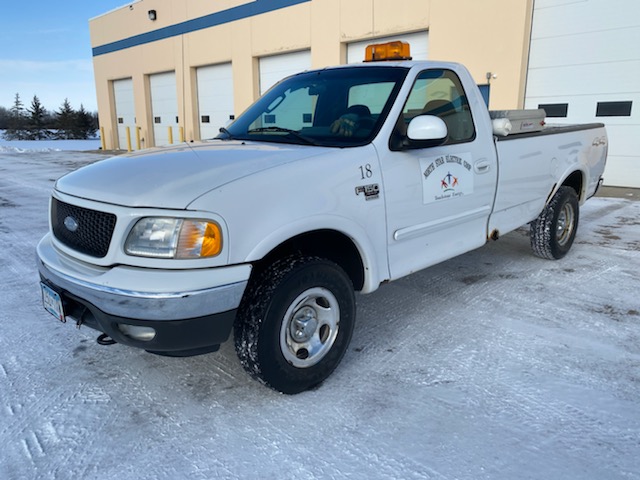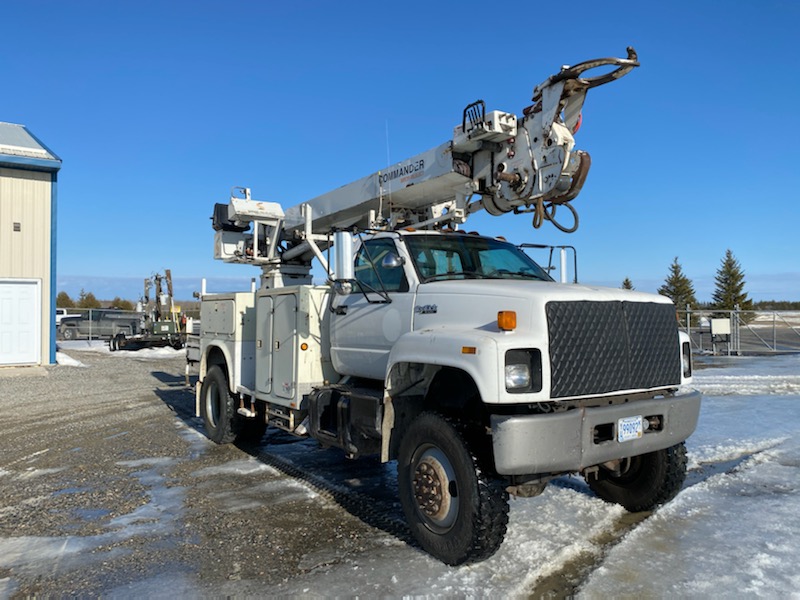
The last two years have shown consumers how volatile pricing can be – from gas to building supplies to vehicles. Most recently, propane prices have skyrocketed, leaving some people planning for a costly heating season. If you’re looking for something rock solid, take advantage of an air-source heat pump on your co-op’s off-peak electric heating program for your next system replacement or new home.
For the last decade, our low off-peak electricity price has remained stable, protecting you from the harsh, sometimes pocket-emptying cost swings of propane. With the off-peak electric program, you still have the choice to utilize a backup fuel source when it’s very cold, and you have more control over your monthly expenses. It’s the comfort and security you’ve been longing for.
What is the demand response – or “off-peak” – program?
The demand response program is voluntary for our members, and it has become a popular way to save on heating and cooling by reducing your exposure to variable propane prices. Participants allow our power supplier, Minnkota Power Cooperative, to remotely turn off electric heaters and other interruptible loads in exchange for a discounted retail electric rate. This enables Minnkota to more effectively manage its existing power resources and avoid adding new, costly electric generating resources.
Save money with an air-source heat pump
Because of their advanced efficiency, the cost to run an air-source heat pump (ASHP) often falls well below the cost of propane-only heat. The difference grows when propane prices rise, which can happen without much notice. North Star offers hundreds of dollars in rebates to help offset the cost of installing a qualified ASHP. In addition to protecting you from unpredictable fuel prices, ASHPs maintain the same comfort you expect without the need to endlessly monitor fuel levels. Electric heat doesn’t run out, so you can avoid more seasonal refills and messy maintenance. Plus, less reliance on fossil fuels means fewer emissions inside and outside your home.






























